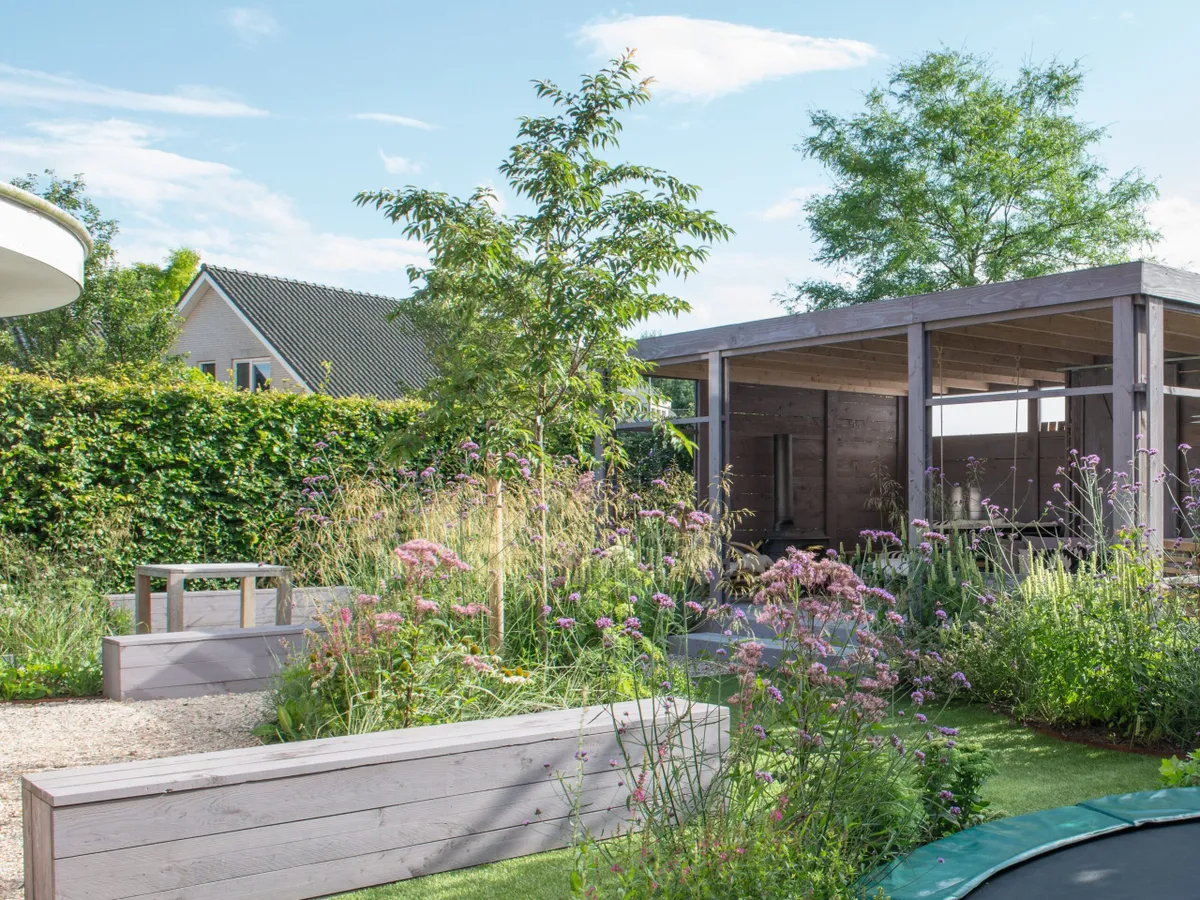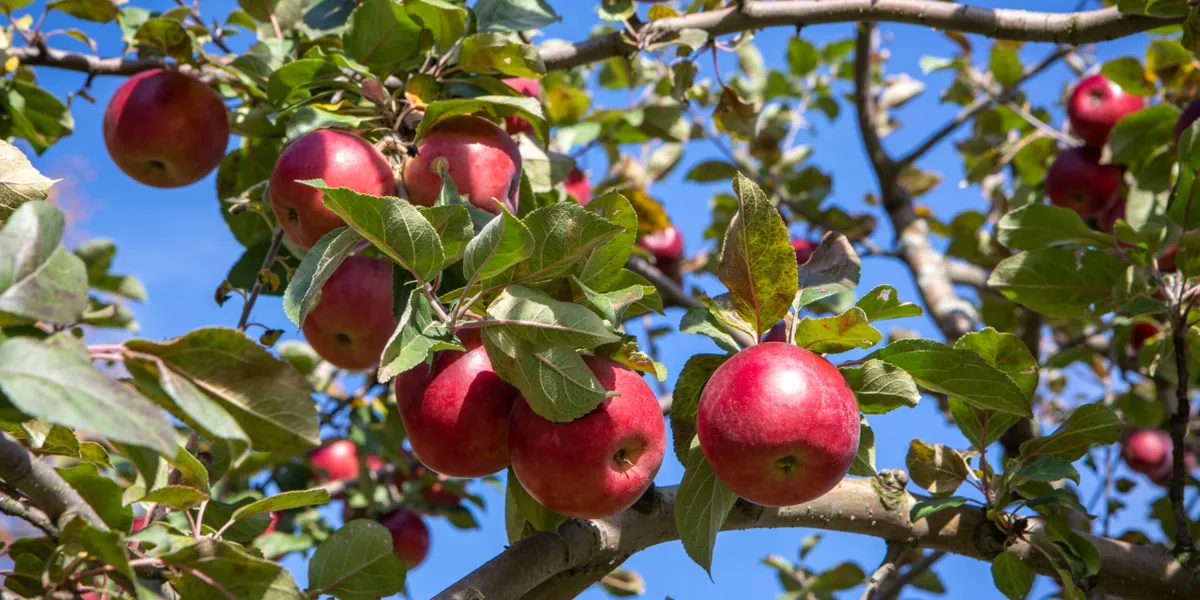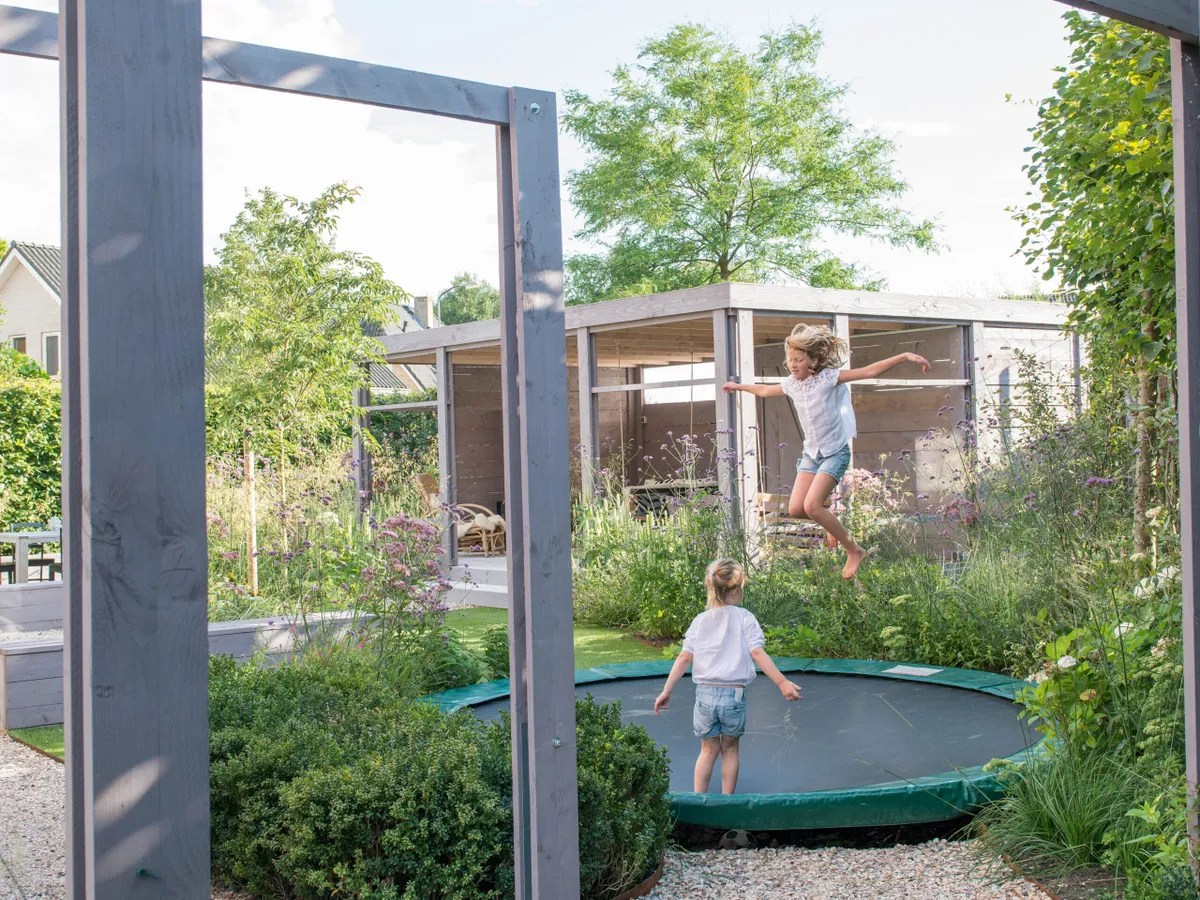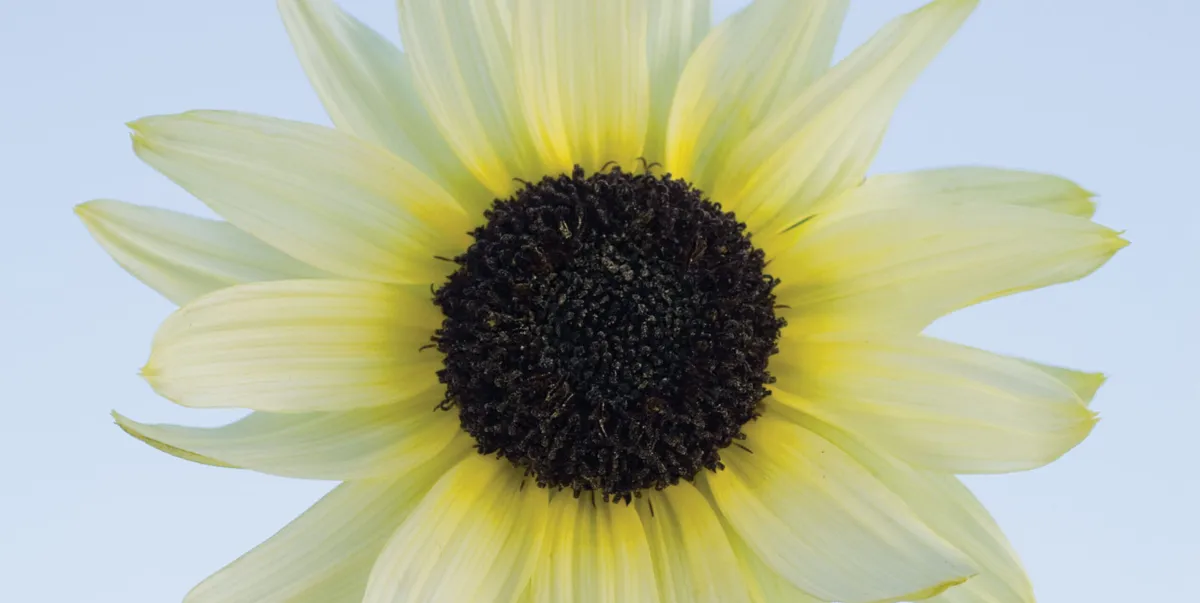How to make your garden child friendly without ruining it
Can children and beautiful gardens ever really mix? It's a question many of us wonder about when kids come along, often coming to the reluctant conclusion that the perfectly formed flower beds and elegant vistas we lust after may have to wait until trampolines, ball games and climbing frames have lost their allure.
However, with a bit of thought, play areas can be integrated into gardens in a stylish, non-obtrusive way. Here are a few tips to help you keep everyone happy in the garden.
Child friendly garden ideas

Zone the garden
Plan different places for different moods. In garden designer Ann-Marie Powell's garden, the woodland area at the front of the house is for peace and solitude, the decking area is for entertaining and 'The Sink' is an enclosed play area for the children that miraculously accommodates a hammock, a trampoline, an assault course and two large space hoppers. It is screened by vegetables and perennials, Calendula, Eschscholzia, sweet peas, beans, sorrel and Verbena bonariensis, jostling riotously.
Add features that have more than one function

In this small family garden in the Netherlands, designed by Carrie Preston, a solid bench creates options for seating, but is also great fun for children to walk along or climb on and jump off. You can achieve a similar effect with a large boulder or stone.
It is a good idea to try to integrate features into the garden that can have a double function. A climbing frame or even a swing can be combined with a pergola, using the same wood and style, to make them appear as a single unit. A shed could serve as a playhouse intially, and an adult space later on. A smooth, meandering path can double up as a scooter track for children.
Use what you already have

Don't forget to use what you've already got - a mature fruit tree, for example, can act as a climbing frame in its own right. You could also hang a wooden swing from it.
Opt for natural materials
Rather than go for garish piece of play equipment, such as a playhouse or swing, choose one that is made of natural materials, such as wood. Avoid plastic play equipment in bright colours - it will be the first thing that draws the eye. As Ann-Marie Powell says: "Just no plastic swings."
Submerge the trampoline

Yes, trampolines are ugly, but children really love them. At this small family garden in the Netherlands designed by Carrie Preston, the trampoline has been made less of an eyesore by lowering it into the ground – leaving a hollow area beneath it – and surrounding it with tall, soft planting. Hydrangeas and evergreen hedging are a good choice because they are tough, but soft enough to break any falls.
Forget childproof plants - but set ground rules about games
“I don’t go for boringly indestructible childproof plants,” says Ann-Marie Powell, “but football is not allowed.” Ann-Marie loves to use tall plants in a small garden. Rodgersia, Deschampsia flexuosa and loads of Veronicastrum get really big, but make the most of vertical space.
Don't be afraid to lose the lawn

“Most people with children think they need a lawn," says Sarah Samynathan, who designed a child- and wildlife-friendly garden in California without any grass in a neighbourhood where a neat square of lawn is the norm. "The clients understood that not having a lawn still allows for curiosity, exploration and creativity," explains Sarah. When she visited the garden after it had been completed, the clients' girls were cutting the flowers off with scissors and drawing them. "It was really good to see them enjoying, and connecting with, the garden in that way.”
"A garden doesn’t just have to be for kicking a ball around, Sarah adds. “Kids use their imagination – they’re creative in how they play and they work with what they’re given. Having little trails through the tall plants encourages that same playful energy.”
These thoughts are echoed by garden designer Matt Evans, who dug up the lawn in his garden in Bath in order to make room for more plants. Matt and his partner Sarah recently welcomed a baby boy, and Matt is not planning on making changes to his garden as he grows. “I hope the garden gets him exploring,” he says. “We’ve got parks nearby for him to run around in, and the garden lets me enjoy my plant addiction."
Dutch garden designer Arjan Boekel also opted to forgo a lawn, instead creating a woodland glade in the garden of his new home - see the image below. "I wanted something different, a surprising family garden, with a large seating area and as many plants as possible to create an intimate, immersive feeling. I didn’t want a ‘children’s garden’ either, with a playground and toys, but rather an adventurous natural space that we could all enjoy,” he explains.
Add water (safely)

A stream meanders through Arjan Boekel's garden. The the slow-moving water adds movement and a dynamic quality to the design. “The stream sparkles in the sunshine and it’s also fun and safe for the children to play in. The water is very shallow and I can turn it off when we’re not in the garden. It then drains into a sump and leaves the surface dry, posing no danger to them," he explains.
Garden designer Jo Thompson introduced a water fountain into a family garden recently. "One of the ideas mentioned at the beginning of the project was to have a paddling pool for the children, but a water fountain is a far more exciting and sustainable solution," she explains. “I spent much of my childhood in Italy and saw first-hand how the fountains in the piazzas there quickly become places of relaxation and gaiety – you see people splashing their hands or little children sticking their feet in,” she says. Her bespoke fountain is set within a patio, so takes up no space when not in use. Since the fountains are turned on only when required, energy use is minimal too.
Give kids their own planting area

Top gardeners and garden designers often mention that their parents or grandparents gave them a small area to experiment with when they were children. It's a great way to get children growing - choose a sunny spot, where their endeavours are more likely to succeed.
For engaging (not entirely gardening-enthusiastic) children, use plants that are fun to grow and encourage wildlife – sunflowers work perfectly on both counts.
In garden designer Ann-Marie Powell's garden, benches on the deck near the house are groaning with pots and baskets filled with tomatoes, basil, salads and strawberries, which her boys can pick and eat.




